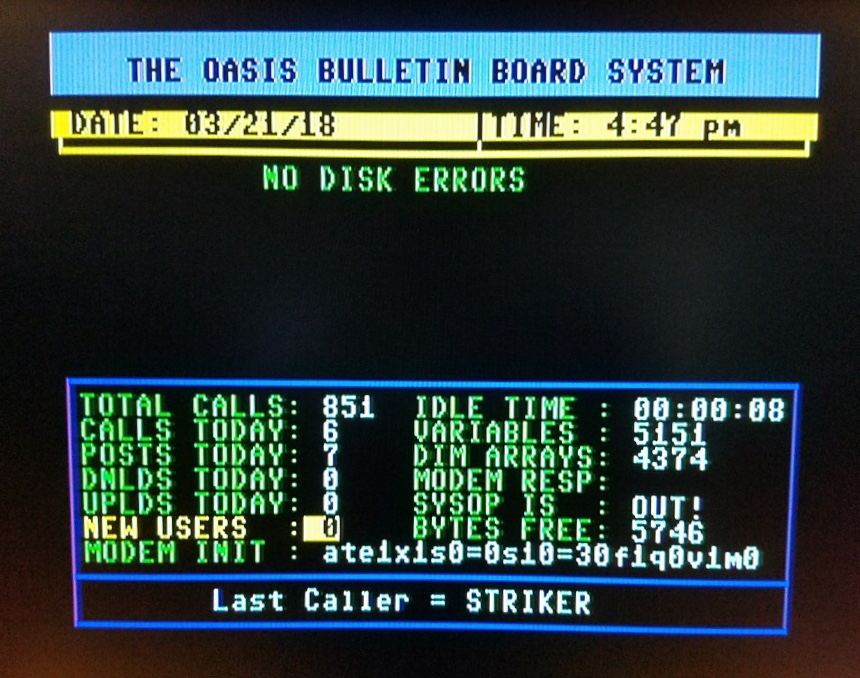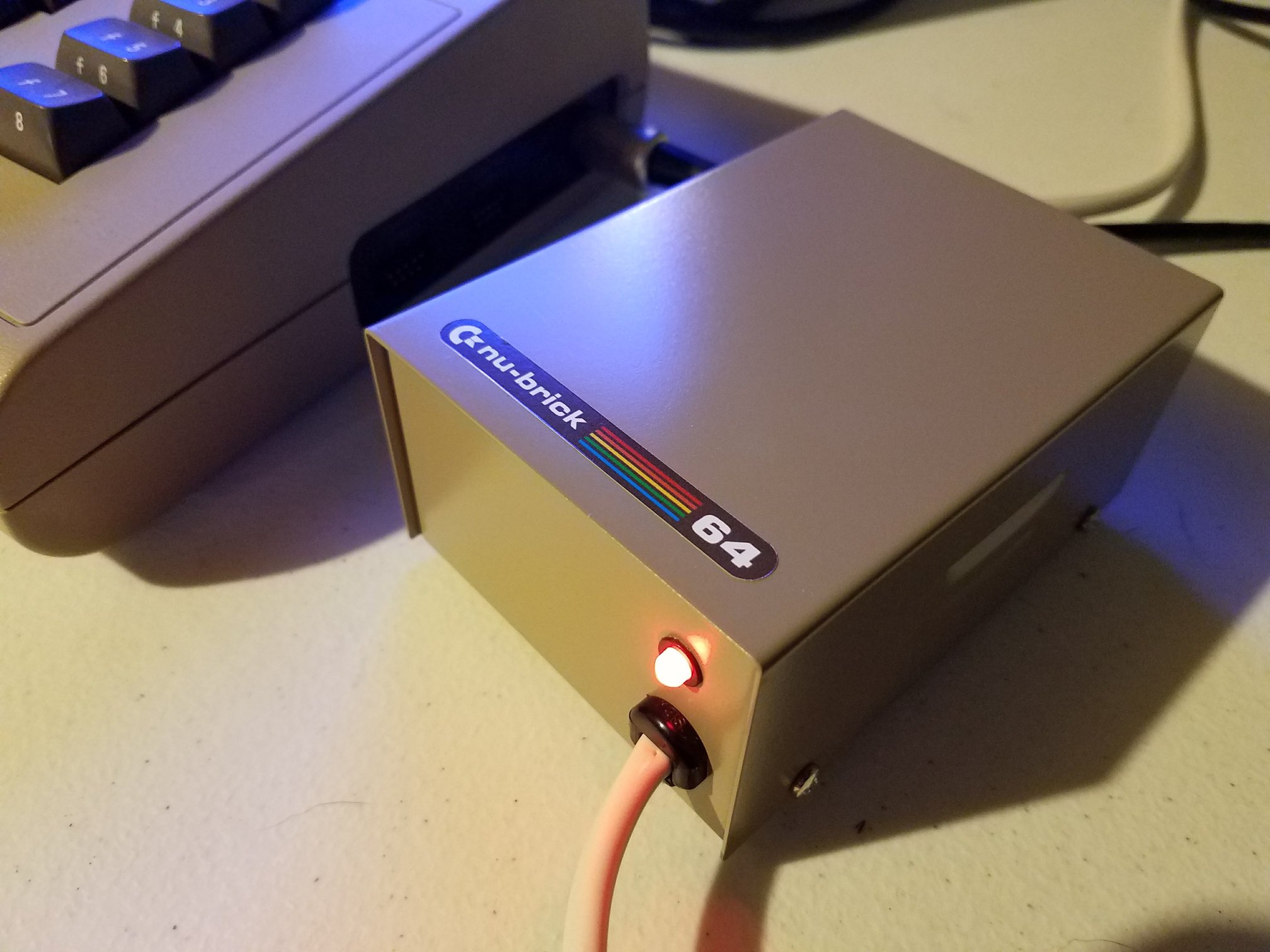The Commodore 64 is notorious for one recurring problem: failing PLA chips. The MOS 906114-01 PLA is infamous for causing black screen failures, and while replacements exist, they are often costly. The GAL-PLA offers a new solution. This do-it-yourself project allows users to build a reliable replacement for less than three dollars, making it an accessible fix for C64 owners.
The GAL-PLA has been tested on several Commodore 64 longboard revisions, including 326298, 250407, and 250425, along with the SX-64. It works without compatibility issues or board modifications. Stress tests with demanding software and hardware, such as Super Zaxxon, the 1541 Ultimate II, and EasyFlash 3, confirm its stability across NTSC and PAL systems. This makes the GAL-PLA one of the most dependable solutions for anyone maintaining or restoring a Commodore 64.
Understanding the PLA
The PLA, or programmable logic array, controls access to the C64 data bus. Without it, the machine fails to operate. When the chip fails, the system typically boots to a black screen. Commodore originally used a programmable version in early machines, but later chips were fixed logic devices that still carried the same name. Unfortunately, the MOS manufacturing process made these chips prone to decay, leading to widespread failures over time.
Replacements and Compatibility
Various replacement projects have been attempted over the years. Some modern solutions, like those using CPLDs, suffer from timing problems across motherboard revisions, often requiring modifications. By contrast, the GAL-PLA achieves broad compatibility without such workarounds. Built on the Lattice GAL20V8 chip, it uses commonly available components, keeping costs and sourcing simple.
The project was developed by Daniel Manton from the Netherlands, who built upon reverse engineering work from Jens Schönfeld. His design provides detailed build instructions, JED files for programming, and Gerber files for PCB production. Community testers verified compatibility with software and cartridges known to stress the PLA, and results have been excellent.
Building the GAL-PLA
Assembly is straightforward. Parts include the GAL20V8 chips, sockets, pin headers, and a PCB, which can be fabricated inexpensively. Programming requires a TL866 or similar programmer, but beyond that, all soldering is through-hole and approachable for beginners. The cost works out to around $2.65 per unit when building in batches of ten, making it far cheaper than commercial alternatives.
Final Thoughts
The GAL-PLA represents a practical, low-cost solution for one of the most common Commodore 64 failures. With clear build documentation and proven reliability, it empowers C64 enthusiasts to maintain their systems without relying on expensive or limited commercial replacements. Tested across multiple board revisions and with demanding cartridges, it stands as a dependable fix for a recurring issue.







